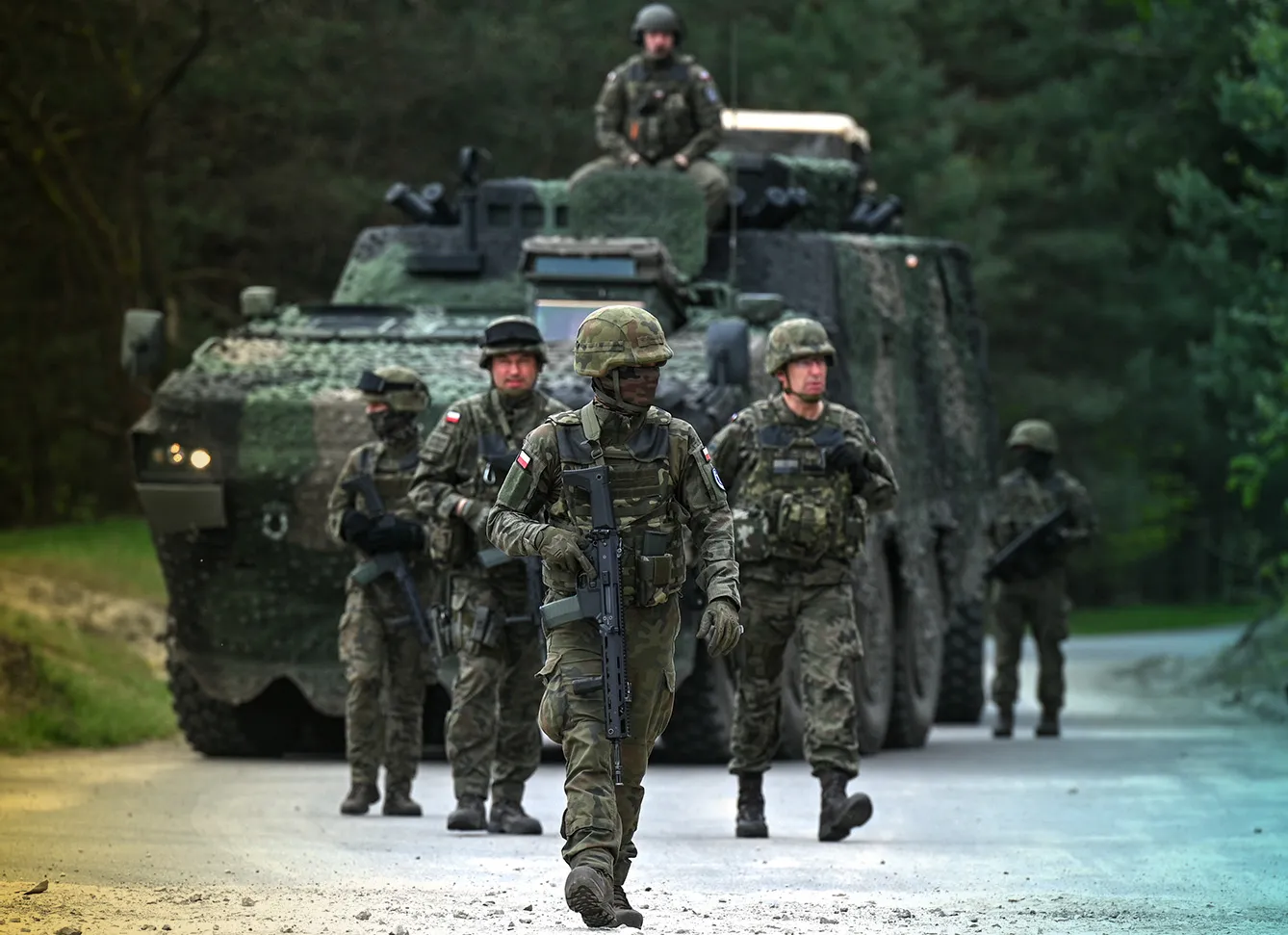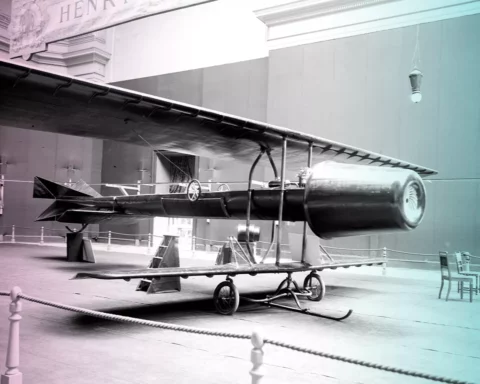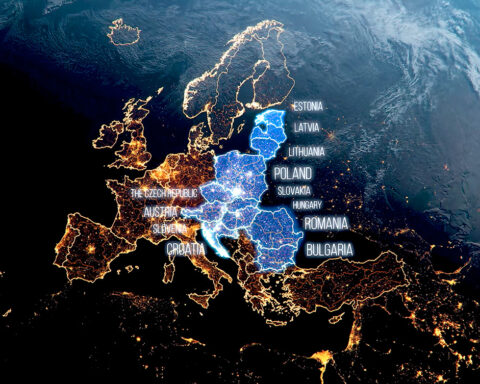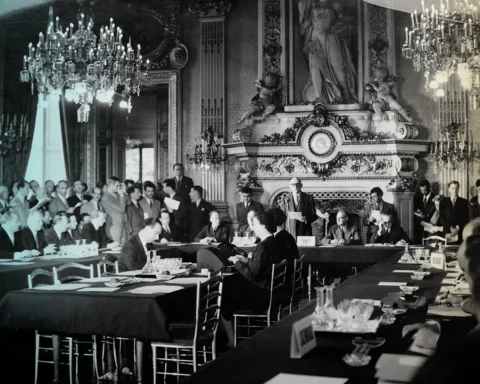The old Latin proverb says: Si vis pacem, para bellum (if you want peace, prepare for war). How does this look in practice? This question has been addressed in depth in a compilation prepared by the Stockholm International Peace Research Institute (SIPRI). According to its estimates, USD 2.240 billion was spent globally on military expenditure in 2022 – the highest amount ever in the history of the world spent on costs related to military equipment. Global defense disbursement rose by 3.7% in real terms last year. This was the biggest increase in the last 30 years.
In 2021 Ukraine spent 3.22% of its GDP on armaments; one year later, it was 33.55%
“States are bolstering military strength in response to a deteriorating security environment, which they do not foresee improving in the near future,” commented Dr. Nan Tian from SIPRI. The biggest change in these categories, of course, has been in Europe, where defense spending skyrocketed after the outbreak of war in Ukraine.
European military expenditures rose by 13%. Russia and Ukraine are most responsible for this increase, but in Central Europe, the budgets of the defense ministries also clearly increased. Countries in the immediate vicinity of the military conflict first took the wisdom of the Latin saying above to heart. How large is their contribution to the global increase in military spending?
Distance bonus
The three largest military spenders (the United States, China, and Russia) accounted for 56 percent of the world’s total expenditure in this category in 2022. Beijing only slightly increased its defense spending – going from USD 286 billion in 2021 to USD 298 billion a year later. A similarly small jump was recorded in the US, where defense spending increased from USD 806 billion two years ago to USD 811 billion last year. But the change in Russia was clear. Moscow increased its military budget from USD 66 billion (in constant prices) in 2021 to USD 72 billion last year.
At the same time, Ukrainian spending has changed powerfully. Ukraine’s defense budget increased from USD 6 billion in 2021 to USD 44 billion a year later. This comparison looks very stark when one juxtaposes the percentage of the country’s GDP that this expenditure absorbs. In 2021 Ukraine spent 3.22% of its GDP on armaments; one year later, it was 33.55%. The tenfold increase in the defense budget is an obvious reaction to the outbreak of war and, incidentally, a clear illustration of how much a country’s independence costs. These figures confirm how difficult it is to economize on security and sovereignty – until 2013, Ukraine regularly spent less than 2% of GDP per year on the military.
Other countries on the old continent also significantly expanded their military expenditures. States in Central and Western Europe spent altogether USD 345 billion in 2022. For the first time, spending surpassed (in real terms) the level from 1989 when the Cold War ended – and was 30% higher than in 2013, the year before the annexation of Crimea by Russia. The European leaders in defense spending are Great Britain, Germany, and France.
However, in terms of defense spending as a share of GDP, Western countries don’t look so impressive. According to SIPRI’s calculation, only Greece and Great Britain exceeded the 2% spending threshold expected by NATO (Athens’ expenditure reached 3.69% of its GDP, Great Britain – 2.23%). The rest of the Western countries spent below this level on the military, and this includes the countries that spent the most in real terms. It is clear that Western countries have been constantly exploiting the “distance bonus” – the fact that they lie far enough away from Russia that they don’t need to fear aggression from it. Allied commitments are consistently a minor issue for them.
Money, money, money
On the contrary, Central European countries do not benefit from this “distance bonus,” as they lie close to Russia and Ukraine, and the ongoing war there directly threatens their security. In particular, the countries immediately neighboring Russia have rapidly begun investing in their security. This was reflected in the figures in SIPRI’s report. Poland’s expenditure increased from USD 15.1 billion in 2021 to USD 16.8 billion in 2022. At the same time, Lithuania’s spending rose from USD 1.3 billion to USD 1.6 billion. Estonia decided to spend more on the military as well – from USD 748 million in 2021 to USD 753 million a year later.
This change is even more evident when presented through the share of defense spending in each country’s GDP. For instance, Croatia’s share rose from 2.01% of GDP in 2021 to 2.17%. In Estonia, military spending rose from 2.01% in 2021 to 2.09% a year later. In Lithuania – from 1.97% in 2021 to 2.52% in 2022. Poland’s expenditure jumped from 2.22% of its GDP in 2021 to 2.39% in 2022.
On this point, it is worth noting that one year’s data does not show the full picture of security policy developments in Central European countries. Some countries in the region started raising their defense budgets as early as 2014. Prior to this year, only Poland and Estonia were close to the 2% level of defense spending set by NATO. When Russia illegally annexed Crimea and parts of Eastern Ukraine, other countries followed in their footsteps. This trend can be seen most strongly in the Baltic States.
The NATO treshold
Lithuania and Latvia – former Soviet republics – have significantly increased their defense spending. For example, Lithuania spent only 0.8% of its GDP on military issues in 2013 but reached the NATO level of 2% in 2018. In 2014 Latvia invested 0.9% of its GDP in security – by 2018, it had jumped to 2.1%. Romania and Slovakia followed a similar path. Today, countries that started to increase defense spending after 2014 are leading the way in helping Ukraine. This is the effect of a far-reaching security policy.
However, the picture that emerges from SIPRI’s analysis of defense spending data is not entirely clear-cut. Only some of the Central European countries have increased their arms expenditures. Some have kept it at the level of previous years, and some even reduced it. But a trend has already been established.
The war in Ukraine could go on for a long time to come. Fear of military escalation will linger even longer on the continent. All this will mean that even those countries that continue to try to avoid higher defense investment will eventually have to do so. “We can reasonably expect military expenditure in Central and Western Europe to keep rising in the years ahead,” argued Dr. Diego Lopes da Silva, a senior researcher at SIPRI.
Today, one thing is certain. The times of calm we saw in Europe after 1991 are over. For a long time, it seemed, the horror of full-scale armed conflict would be known only from history books. Russia’s aggression against Ukraine changed that conviction – and set the trends on the continent anew. The coming years will be full of discussions about the military, defense, armaments, and alliances. And that will cost. As Raimondo Montecuccoli, an Italian military theorist from the XVII century, said: “For war, you need three things: money, money, money.” Europe is about to find out how timeless and universal this remark is.







